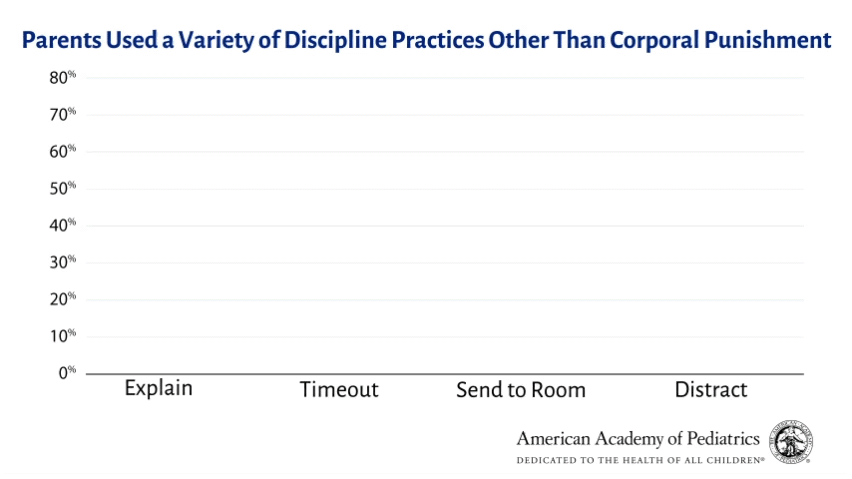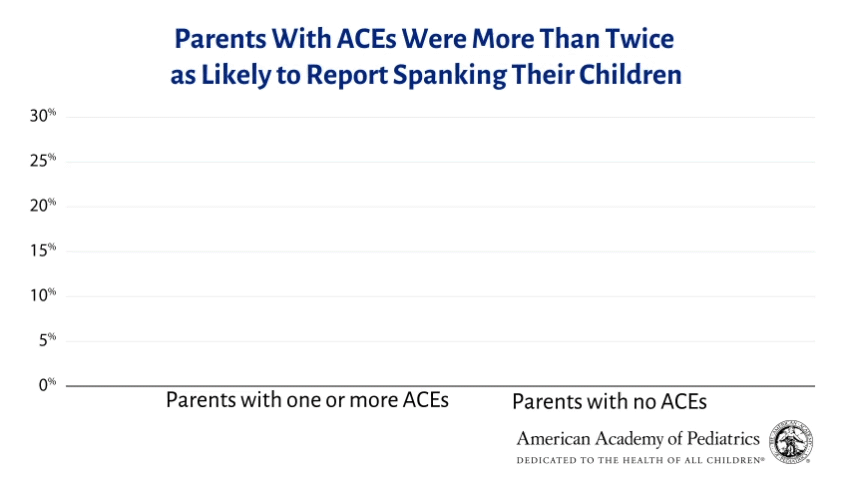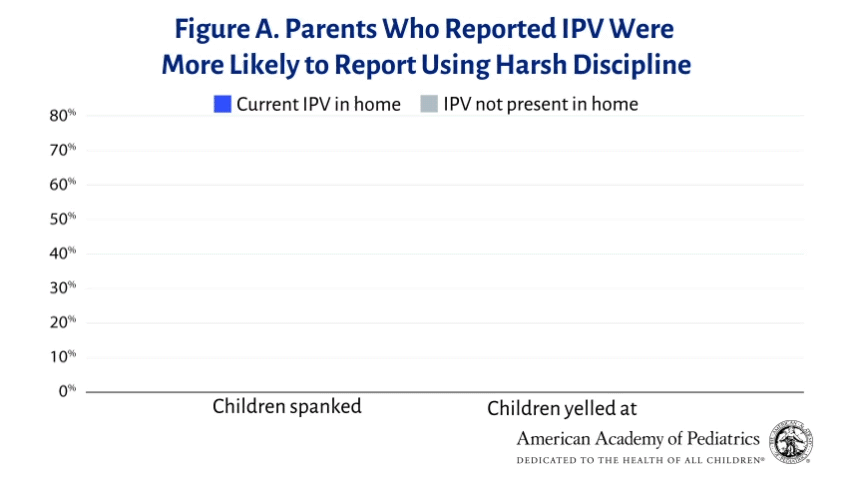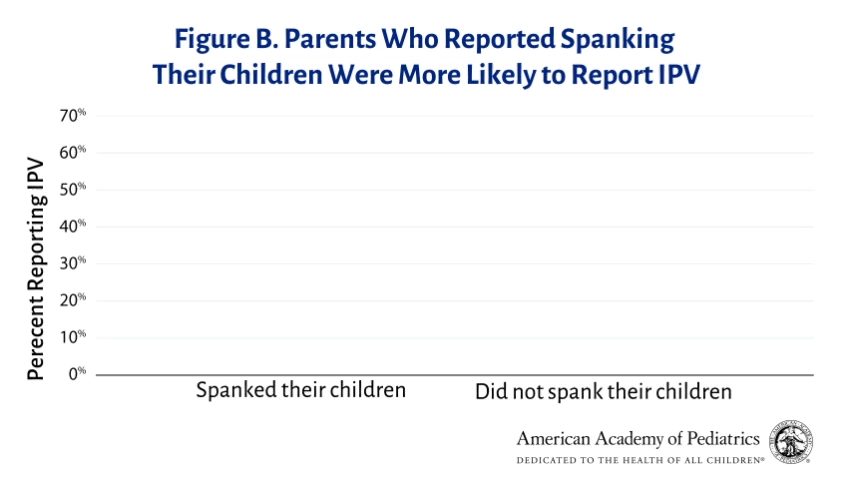Since the COVID-19 pandemic began, there have been tremendous disruptions in family routines, employment, and finances. Families have had to adapt to new routines because of changes in their children’s schools, after-school activities, sports, and play. In a prior snapshot, we noted that more than one third (40%) of respondents indicated that their household financial situation was worse than it had been before the pandemic. Family disruptions and financial stress may have affected parenting practices, including child discipline. In this snapshot, we present findings on how parents use discipline to respond to their children’s behavior.
The survey of 3000 US adults asked how children were disciplined using standard questions based on the Stress and Parenting During a Pandemic Study from the Parenting in Context Research Lab at the University of Michigan. Parents were asked about their frequency of using a variety of strategies to teach their children good behavior. Positive strategies were defined as explaining to children that their actions were wrong, placing them in timeout, sending them to their room, or distracting them with new activities. Harsh strategies were defined as yelling, threatening, or spanking. Parents were asked how often they had used the techniques in the past week. In addition, parents were asked about their own adverse childhood experiences (ACEs), a term that refers to potentially traumatic events in childhood.
Key Messages
- 5 of 6 parents in the survey reported they did not spank their children in the past week, although about half of parents reported yelling at or threatening their children.
- Many parents reported using a variety of positive parenting strategies to discipline their children during the pandemic.
- Parents’ own adverse childhood experiences were associated with spanking and other harsh discipline. Providers may want to discuss parental mental health and coping, as well as problematic child behavior, when addressing spanking.
- It is important to consider the safety of everyone in the home when parents say they hit or spank their children: 61% of parents who spanked their children were also experiencing intimate partner violence (IPV), compared with 13% of those who did not spank their children.
- Some parents identified using both harsh and positive discipline. There is opportunity to support consistent use of positive discipline.
Parents’ use of discipline
Parents used a variety of methods to discipline their children. Notably, positive parenting practices were commonly used: explaining (76%), timeout (35%), send to room (40%), or distract (57%). However, shouting and yelling were also common (47%). Parents used these variety of discipline methods with children of all age groups, although families with a child older than 10 years at home were less likely to use any of these methods in the week prior to completing the survey.

Harsh punishment, including spanking
One in 6 parents (16%) said they had spanked their child(ren) in the past week. Fifty one percent of parents reported they used the 2 other forms of harsh discipline (yelling or threatening), and nearly half (48%) did not use either type of harsh discipline. Almost everyone who spanked also yelled at or threatened their child.
Parents’ use of spanking has been declining in the United States. A recent study reported a decrease in spanking from 50% in 1993 to 35% in 2017. Results from our survey are consistent with declining national trends found in other studies.
Parents with higher stress levels reported spanking their children at about the same rate compared with parents who did not report these conditions (14% vs 17%). In addition, yelling or threatening was common regardless of stress levels.
Parents’ own experiences of adversity during childhood may affect their use of harsh discipline. Parents with one or more adverse childhood experiences (ACEs) were more than twice as likely to report spanking their children compared with those with no ACEs (21% vs 9%). In addition, parents with one or more ACEs reported yelling and threatening their children at a higher rate compared with those with no ACEs.

Spanking and intimate partner violence
The use of spanking and harsh discipline were associated with reports of IPV in this survey. In homes with IPV, children were more likely to be spanked or yelled at compared to homes in which IPV was not present (figure A). Conversely, when parents said that they spanked their children, IPV was more common compared to homes in which children were not spanked (figure B). This result suggests that clinicians may want to think about the safety of everyone in the home when the family discloses that children are spanked or adults experience physical or emotional violence.


The American Academy of Pediatrics advises the use of effective discipline to raise healthy children and specifically advises parents not to use corporal punishment (including spanking), yell at, or threaten their children. In this survey, parents reported using positive discipline strategies with their children during the pandemic. This adds to our previous snapshot that showed that many parents reported growing closer with their children during the pandemic. However, our results suggest that caregivers’ own ACEs and experience of violence may affect use of spanking and other harsh disciplines. It is important for pediatricians to explore parental mental health and coping and safety in the home, connecting families to resources to support them during these difficult times. As the impact of the pandemic on families continues to evolve, pediatricians and pediatric healthcare providers can continue to play an important role in supporting positive discipline strategies.
Resources for Pediatricians
Resources for Parents and Caregivers
Last Updated
06/08/2021
Source
American Academy of Pediatrics